Hey lovely ladies! Can I be real with you for a second? Every year when Thanksgiving rolls around, I find myself counting down the days until Black Friday. There’s just something about those early morning deals and the thrill of scoring that perfect outfit at half price that gets my heart racing!
But have you ever stopped mid-shopping spree and wondered where this whole Black Friday madness actually came from? I definitely have! So I decided to dig deep into the Black Friday history and origins, and trust me, the story behind this shopping phenomenon is way more interesting than I expected.
Grab your favorite coffee, get cozy, and let me take you on a journey through time. We’re about to explore everything about Black Friday history & shopping, from its somewhat dark beginnings to why we all lose our minds over those amazing deals every year.
Table of Contents
What Is Black Friday?
Before we dive into the Black Friday history, let me break down what this day actually means for all of us shopaholics out there.
Read about : What is Black Friday?
Meaning and Definition of Black Friday
Black Friday is basically the Super Bowl of shopping days. It’s the day after Thanksgiving when retailers offer their biggest discounts and deals of the entire year. For fashion lovers like us, it’s when we can finally grab those designer boots we’ve been eyeing all season or stock up on winter coats without breaking the bank.
The Black Friday meaning has evolved over the years. Today, it’s not just about saving money. It’s become a cultural event where people plan their shopping strategy weeks in advance, make lists, and sometimes even camp outside stores (though thank goodness for online shopping now!).
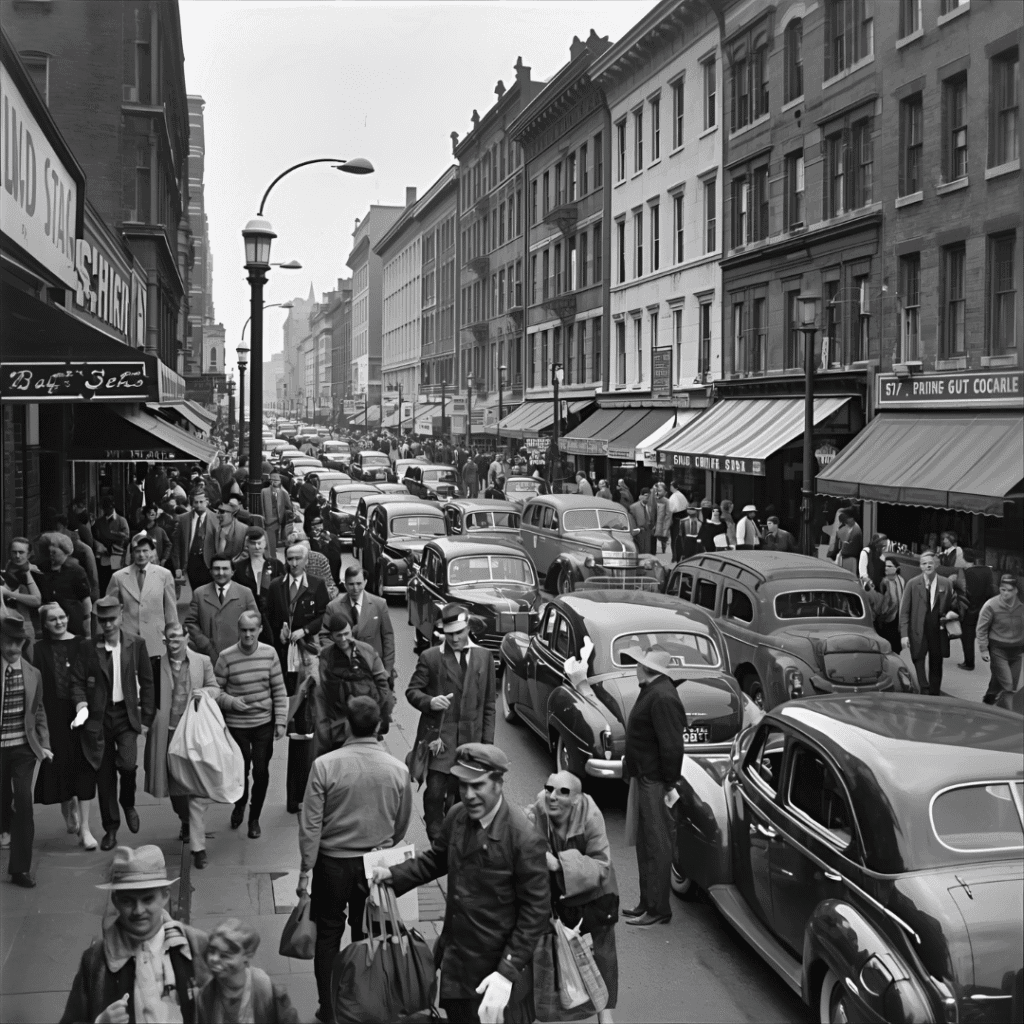
When Does Black Friday Happen Each Year?
Here’s a simple answer: Black Friday always falls on the fourth Friday of November, right after Thanksgiving Day.
Since Thanksgiving is celebrated on the fourth Thursday of November in the United States, Black Friday shopping always happens the next day. The exact date changes every year, but it typically falls between November 23rd and November 29th.
This year and every year, you can mark your calendars accordingly. Most stores now start their Black Friday sales on Thanksgiving evening itself, and some even extend the deals throughout the entire weekend. We’ve basically gone from Black Friday to Black Friday week!
The Origin of Black Friday
Now this is where things get really interesting. The Black Friday history origin story isn’t exactly what retailers want you to hear, but I think it’s fascinating.
When Did Black Friday Start?
The term Black Friday first appeared way back in 1869, but it had nothing to do with shopping. Two Wall Street guys named Jay Gould and James Fisk tried to control the gold market, and when their plan crashed on September 24, 1869, it caused a major financial panic. People started calling that day Black Friday because it was such a disaster.
But the Black Friday we know today? That started in the 1950s in Philadelphia. Police officers in Philly coined the term to describe the absolute chaos that happened the day after Thanksgiving.
The Story Behind the Name “Black Friday”
Here’s the truth about how Black Friday got its name, and it’s not the heartwarming story retailers tell us.
In the 1950s and 1960s, Philadelphia police officers dreaded the Friday after Thanksgiving. Why? Because massive crowds of suburban shoppers would flood downtown Philadelphia for holiday shopping. Plus, the annual Army-Navy football game was held that Saturday, bringing even more people to the city.
The police couldn’t take the day off. They had to work extra-long shifts dealing with terrible traffic jams, overcrowded sidewalks, and unfortunately, a spike in shoplifting. For them, it was literally a black day filled with stress and chaos.
The term spread throughout Philadelphia, and by 1961, city officials and merchants tried to rebrand it as “Big Friday” to make it sound more positive. But you know what? The name didn’t stick. People kept calling it Black Friday.
How the Term “Black Friday” Became Associated with Shopping
By the 1980s, retailers decided to spin the story in their favor. They started promoting the idea that Black Friday was when stores finally went from being “in the red” (losing money) to being “in the black” (making a profit).
This accounting explanation sounds nice and positive, right? The story goes that retailers operate at a loss most of the year, and Black Friday sales finally push them into profitability.
But here’s the thing: while this explanation is widely repeated, it’s actually not the original meaning. It’s more of a marketing makeover. Still, it worked! The positive spin helped turn Black Friday into the shopping extravaganza we know today.
By the late 1980s and early 1990s, the term had spread nationwide, and retailers fully embraced it as the unofficial start of the holiday shopping season.
Early Black Friday History Sales
Let me paint a picture of what Black Friday history looked like in its early days.
The First Recorded Black Friday Events
The first recorded Black Friday shopping events happened in Philadelphia during the 1950s and 1960s. Department stores downtown would advertise special sales and beautiful holiday decorations to attract shoppers.
However, the Black Friday tradition of post-Thanksgiving sales actually dates back even earlier. Stores had been offering promotions the day after Thanksgiving since the late 1800s, though they didn’t call it Black Friday back then.
President Ulysses S. Grant made Christmas an official federal holiday in 1870, which essentially created the holiday shopping season as we know it. Retailers quickly learned that the period between Thanksgiving and Christmas was prime time for sales.
How Retailers Turned It into a Shopping Tradition
Retailers are pretty smart, aren’t they? They noticed that people were already shopping after Thanksgiving, so they decided to make it official.
Throughout the 1970s and 1980s, stores started planning special Black Friday deals months in advance. They introduced “doorbuster” deals – those amazing discounts on limited quantities that make people line up before dawn.
The strategy was simple: offer such good deals that customers would make Black Friday shopping a tradition. And it worked! Families started planning their Black Friday shopping trips just like they planned Thanksgiving dinner.
The Role of Department Stores in Making Black Friday Famous
Big department stores like Macy’s, JCPenney, and Sears played a huge role in making Black Friday famous.
Macy’s Thanksgiving Day Parade, which started in 1924, helped build excitement for the shopping season. The parade ends with Santa Claus arriving, officially marking the start of Christmas shopping.
These department stores competed with each other to offer the best Black Friday deals. They’d advertise heavily in newspapers, offering discounts on everything from clothing and shoes to electronics and home goods.
For fashion-conscious shoppers like us, department stores were the place to be. You could find deals on designer brands, seasonal clothing, and accessories all in one place.
The Evolution of Black Friday Over the Years
Black Friday has changed so much since I first started participating in it. Let me share how it’s evolved.
From Physical Stores to Online Shopping
I remember the days when Black Friday meant setting multiple alarms, getting up at 4 AM, and physically camping outside stores. Those were wild times!
In the early 2000s, everything started changing. Online shopping was becoming more popular, and retailers realized they could reach more customers through their websites.
By 2010, online Black Friday sales were already competing with in-store sales. Retailers started offering online-exclusive deals, and suddenly, you could score amazing discounts while sitting on your couch in pajamas. Game changer!
The COVID-19 pandemic in 2020 really accelerated this shift. With many stores closed or limiting capacity, online Black Friday shopping became the norm. Even now, most of us prefer browsing deals online rather than fighting crowds.
The Rise of Cyber Monday and Its Connection to Black Friday
Here’s something interesting: Cyber Monday was actually created to complement Black Friday!
The National Retail Federation came up with the term “Cyber Monday” in 2005. They noticed that people would return to work after Thanksgiving weekend and shop online using their office computers (which had faster internet connections back then).
Ellen Davis and Scott Silverman introduced Cyber Monday on November 28, 2005, specifically to give online retailers their own special day.
The idea was brilliant. Black Friday focused on in-store shopping, while Cyber Monday was all about online deals. For fashion shoppers like us, it meant we got two chances to find amazing clothing deals!
Now, the lines between Black Friday and Cyber Monday have blurred. Most retailers offer online deals throughout the entire weekend and even extend them through the following week.
How Black Friday Changed Consumer Behavior
Black Friday has completely transformed how we shop.
We used to shop spontaneously throughout the year. Now? We wait for Black Friday. Why pay full price in October when you know everything will be on sale in November?
This has created what I call “strategic shopping.” We make wish lists, compare prices weeks in advance, and plan our purchases around Black Friday sales.
For fashion items specifically, many of us now wait for Black Friday to buy our winter wardrobe, holiday party dresses, and gift items. Retailers know this, so they plan their inventory accordingly.
Black Friday has also made us more price-conscious. We’ve learned to spot good deals versus fake discounts, and we’re not afraid to comparison shop across multiple stores.
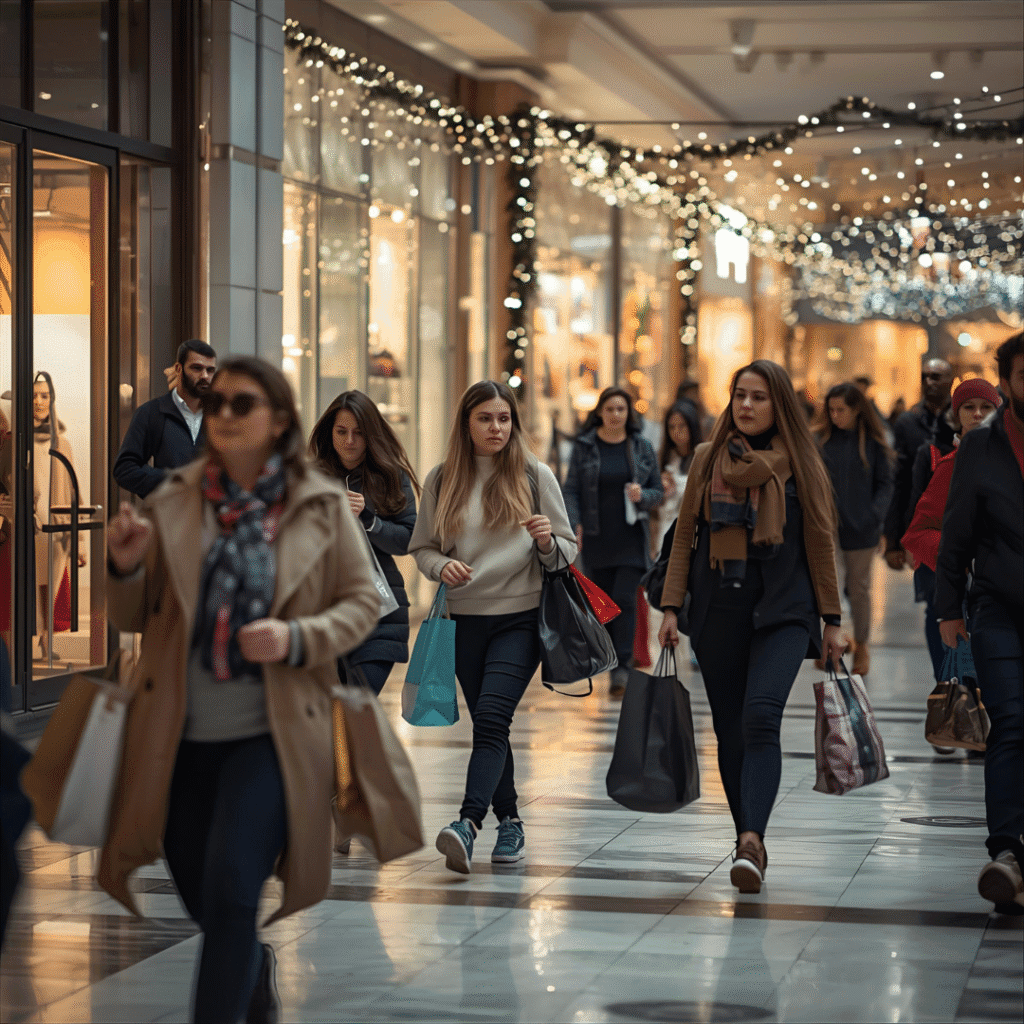
Black Friday Around the World
Black Friday isn’t just an American thing anymore. It’s gone global!
How Different Countries Celebrate Black Friday
While Black Friday started in the United States, it’s now celebrated worldwide with some interesting local twists.
In the United Kingdom, Black Friday gained popularity in the 2010s. British retailers like Amazon UK and Asda (owned by Walmart) brought American-style Black Friday promotions to the UK. Before this, Boxing Day (December 26th) was traditionally the biggest shopping day in Britain.
Canada embraced Black Friday around 2008. Canadian retailers started offering their own Black Friday sales to compete with Americans shopping across the border.
In Mexico, the government created “El Buen Fin” (The Good Weekend) in 2011, inspired by Black Friday. It takes place in mid-November and offers extended credit terms along with discounts.
Countries like Brazil, India, and even parts of Europe have adopted Black Friday, though the dates and traditions vary. Fashion retailers worldwide now participate, offering deals on clothing, shoes, and accessories.
Key Differences Between U.S. and Global Black Friday Sales
The core concept remains the same – big discounts after Thanksgiving – but there are differences.
In the U.S., Black Friday is deeply connected to Thanksgiving, which is a uniquely American holiday. Other countries simply picked a date in November for their Black Friday sales.
The shopping culture varies too. American Black Friday is known for its intense, sometimes chaotic atmosphere. European countries tend to have more organized, less frenzied shopping experiences.
Discount levels also differ. U.S. retailers often offer deeper discounts (30-70% off) compared to international markets where deals might be more modest (20-40% off).
Modern Black Friday: Trends and Facts
Let’s talk about what Black Friday looks like today because it’s pretty mind-blowing.
Statistics on Black Friday Shopping and Spending
Here are some numbers that show just how massive Black Friday has become:
In 2024, online Black Friday sales in the United States reached 10.8 billion dollars, a 10.2% increase from the previous year. Globally, Black Friday spending hit 74.4 billion dollars!
About 196.7 million Americans shopped during the 2022 Black Friday weekend. That’s more than half the country!
The average shopper spent around 480 dollars during Black Friday in 2024. And get this – mobile shopping accounted for 71% of online Black Friday purchases. We’re literally shopping from our phones while lounging on the couch!
Popular Black Friday Deals and Product Categories
As a fashion blogger, I’m always curious about what people actually buy on Black Friday. Here’s what the data shows:
Electronics traditionally dominate Black Friday sales, accounting for about 49% of items sold. But don’t worry, fashion lovers – we make our mark too!
Clothing and apparel make up a huge portion of Black Friday purchases, especially in physical stores where they account for about 72% of products bought. Fashion items typically get discounts of around 23% on Black Friday, with even better deals (sometimes 30-50% off) on Cyber Monday.
Popular fashion categories include winter coats, boots, designer handbags, jewelry, and party dresses for the holiday season. Athletic wear and accessories also see strong sales.
Beauty products are another big category. Makeup, skincare sets, and fragrances make perfect gifts and personal treats during Black Friday.
How Social Media and E-commerce Shaped Modern Black Friday
Social media has completely changed the Black Friday game.
Platforms like Instagram, TikTok, and Facebook now play a huge role in Black Friday marketing. Brands share sneak peeks of their deals, influencers promote discount codes, and shoppers share their finds in real-time.
About 48% of shoppers now look for Black Friday deals on social media. We’re scrolling through Instagram stories to spot fashion deals or watching TikTok videos about the best Black Friday purchases.
E-commerce giants like Amazon have transformed Black Friday into a month-long event. Amazon’s “Black Friday week” and similar promotions from other retailers mean the deals start way before the actual day.
The rise of mobile shopping apps has made it easier than ever to shop on the go. Most major fashion retailers now have apps with exclusive Black Friday deals and early access for app users.
Controversies and Criticism
Now let’s talk about the not-so-pretty side of Black Friday. It’s important to be aware of these issues.
The Negative Side of Black Friday Shopping
Black Friday isn’t all glamorous deals and happy shopping.
There have been numerous reports of violence and injuries during Black Friday events. In 2008, a Walmart employee was tragically trampled to death by crowds rushing into the store. Since then, there have been multiple incidents of fights, pepper-spraying, and even shootings over deals.
The pressure on retail workers is immense. They’re forced to work extremely long shifts during what should be family time on Thanksgiving. Many stores now open on Thanksgiving evening, which means workers miss holiday dinners with their families.
The crowds and chaos can be overwhelming. While online shopping has reduced some of this, physical stores still see aggressive behavior from deal-hungry shoppers.
Environmental Impact and Overconsumption Issues
Here’s something I’ve become more aware of as I’ve gotten older: Black Friday encourages overconsumption.
We buy things we don’t necessarily need just because they’re on sale. This leads to waste, returns, and ultimately, items ending up in landfills.
The fashion industry already has a significant environmental footprint. Black Friday amplifies this with fast fashion brands offering cheap, low-quality items that won’t last beyond one season.
Shipping millions of packages during Black Friday week creates a massive carbon footprint. All those delivery trucks contribute to air pollution and climate change.
About 81% of people agree there’s too much consumerism associated with Black Friday. We’re becoming more conscious of the environmental cost of our shopping habits.
Black Friday Alternatives: Buy Nothing Day and Green Friday
In response to Black Friday’s problems, alternative movements have emerged.
“Buy Nothing Day” started as a protest against consumerism. It encourages people to not shop at all on Black Friday and instead spend time with family or in nature.
“Opt Outside Day” was created by outdoor retailer REI, which actually closes its stores on Black Friday and encourages employees and customers to spend the day outdoors instead.
“Green Friday” promotes sustainable shopping practices. Some retailers donate a portion of their Black Friday sales to environmental causes or offer deals on eco-friendly products.
Many conscious consumers now participate in “Small Business Saturday,” which happens the day after Black Friday and encourages shopping at local, independent stores rather than big corporations.
As fashion lovers, we can make more sustainable choices. Instead of buying cheap fast fashion on Black Friday, we could invest in quality pieces from ethical brands, or shop secondhand and vintage.
Interesting Facts About Black Friday History
Let me share some fun Black Friday History trivia that might surprise you!
Lesser-Known Facts About Its Origins
Did you know that the term “Black Friday” was first used in a completely different context? It originally referred to a financial crisis in 1869, not shopping.
The first print reference to “Black Friday” in the shopping context appeared in a 1966 issue of The American Philatelist magazine (yes, a stamp collecting magazine!).
Factory managers in the 1950s also used “Black Friday” to describe employees calling in sick the day after Thanksgiving to extend their holiday weekend.
Philadelphia kept Black Friday relatively local until the 1980s. Retailers in cities like Los Angeles and Cincinnati had never even heard of the term until then!
Fun Black Friday History Statistics You Should Know
Here are some numbers that show how crazy Black Friday history has become:
The earliest store opening on Black Friday was 4:00 AM in the late 2000s. Some stores eventually started opening at midnight, and by the 2010s, many opened on Thanksgiving evening itself.
In 2011, Walmart was the first major retailer to open on Thanksgiving Day itself, starting a trend that many criticized.
About 60% of shoppers now start looking for Black Friday deals in October or early November. The “one big day” has turned into a full shopping season!
Mobile shopping peaks on Black Friday, with some stores reporting that 71% of their traffic comes from smartphones.
The Saturday before Christmas (not Black Friday!) is actually the busiest shopping day of the year for foot traffic.
Why Black Friday History Is Still Important Today
Despite all the controversies, Black Friday history remains hugely popular. Here’s why.
Economic Significance of Black Friday
Black Friday is a major driver of the economy.
- Retail sales between Black Friday and Christmas account for nearly 13% of all retail sales in the United States for the entire year. That’s huge!
- For retailers, Black Friday can literally make or break their annual profits. Many businesses rely on holiday season sales to stay in business.
- Black Friday also creates jobs. Retailers hire thousands of seasonal workers specifically for the holiday shopping season.
- The ripple effect touches many industries: shipping companies, warehouses, customer service centers, and more all benefit from Black Friday.
Why Shoppers Still Wait for Black Friday Deals Every Year
So why do we keep coming back to Black Friday? Let me tell you why I do.
The deals are genuinely good. While some retailers inflate prices beforehand, many offer legitimate discounts of 30-70% off. For fashion items, this is often the only time we can afford designer pieces.
There’s a psychological thrill to scoring a great deal. It feels like winning! Getting that designer handbag at half price gives us a rush of satisfaction.
Black Friday has become a tradition for many families. Some people make a whole day of it, shopping together, grabbing lunch, and bonding over finding bargains.
For gift-giving, Black Friday is perfect timing. We can buy holiday presents for everyone on our list while staying within budget.
The convenience of online shopping makes it easier than ever. We don’t have to brave crowds anymore. We can shop in our pajamas with a glass of wine!
FAQs About Black Friday History
Let me answer some common questions about Black Friday History that I get asked all the time.
Why is it called Black Friday?
The term originated in Philadelphia in the 1950s when police officers used it to describe the chaotic day after Thanksgiving. Later, retailers spun the story to mean the day when stores go from “in the red” (loss) to “in the black” (profit).
When did Black Friday become popular?
Black Friday became a nationwide shopping phenomenon in the 1980s and 1990s. However, it really exploded in popularity in the 2000s with the rise of online shopping and social media marketing.
Is Black Friday the biggest shopping day of the year?
Black Friday is one of the biggest shopping days, but it’s not always number one. Cyber Monday often surpasses it in online sales, and the Saturday before Christmas sees the most foot traffic in physical stores.
Are Black Friday deals really worth it?
It depends! Some deals are genuinely excellent, offering 40-70% off regular prices. However, some retailers do inflate prices before Black Friday to make discounts look bigger. Always compare prices and do your research beforehand.
How has Black Friday changed with online shopping?
Online shopping has transformed Black Friday from a single-day, in-store event to a week-long (or even month-long) online shopping extravaganza. We can now shop from anywhere, anytime, without dealing with crowds.
What are the best items to buy on Black Friday?
Electronics, televisions, and appliances typically see the deepest discounts. For fashion lovers, clothing, shoes, handbags, and jewelry offer great deals. Beauty products and holiday gift sets are also heavily discounted.
How can I prepare for Black Friday shopping?
Start by making a list of what you need. Research prices ahead of time so you know a real deal when you see one. Sign up for email newsletters from your favorite stores to get early access to deals. Set a budget and stick to it!
Is it safe to shop on Black Friday?
Online shopping is generally safe if you stick to reputable retailers and secure websites. For in-store shopping, arrive early to avoid the biggest crowds, be aware of your surroundings, and don’t engage with aggressive shoppers.
Are there eco-friendly alternatives to Black Friday?
Yes! Consider participating in “Green Friday” by shopping from sustainable brands, buying secondhand or vintage items, or supporting “Small Business Saturday” at local shops. You can also join “Buy Nothing Day” and skip shopping altogether.
Conclusion: The Future of Black Friday
So where is Black Friday heading? Let me share my thoughts.
Black Friday has come such a long way from its chaotic Philadelphia origins. What started as a police term for traffic nightmares has become the biggest shopping event in the world.
I think Black Friday history will continue evolving, but it’s not going anywhere. The future of Black Friday will be increasingly digital, with more personalized deals based on our shopping history and preferences. We’ll probably see more AI-powered recommendations and virtual shopping experiences.
Sustainability will become more important. As consumers become more environmentally conscious, I believe we’ll see more “Green Friday” initiatives and deals on eco-friendly fashion and ethical brands.
The timeline will keep expanding. We’re already seeing “Black November” with deals starting earlier each year. Eventually, the entire month might become one long sale season.
For us fashion lovers, this means more opportunities to update our wardrobes affordably. But it also means being more mindful about what we buy and choosing quality over quantity.
Black Friday has definitely changed how we shop, and I’m curious to see how it continues to evolve. One thing’s for sure though – I’ll still be logging on (or maybe visiting stores) every year for those fashion deals!
What about you, ladies? Are you a Black Friday shopper, or do you prefer to skip the madness? Let me know in the comments!
Happy shopping, and may your carts be full and your wallets not too empty!
This article was written for StyleUpLadies.com, your go-to source for fashion tips, trends, and shopping guides. Hope you enjoyed reading about Black Friday History.

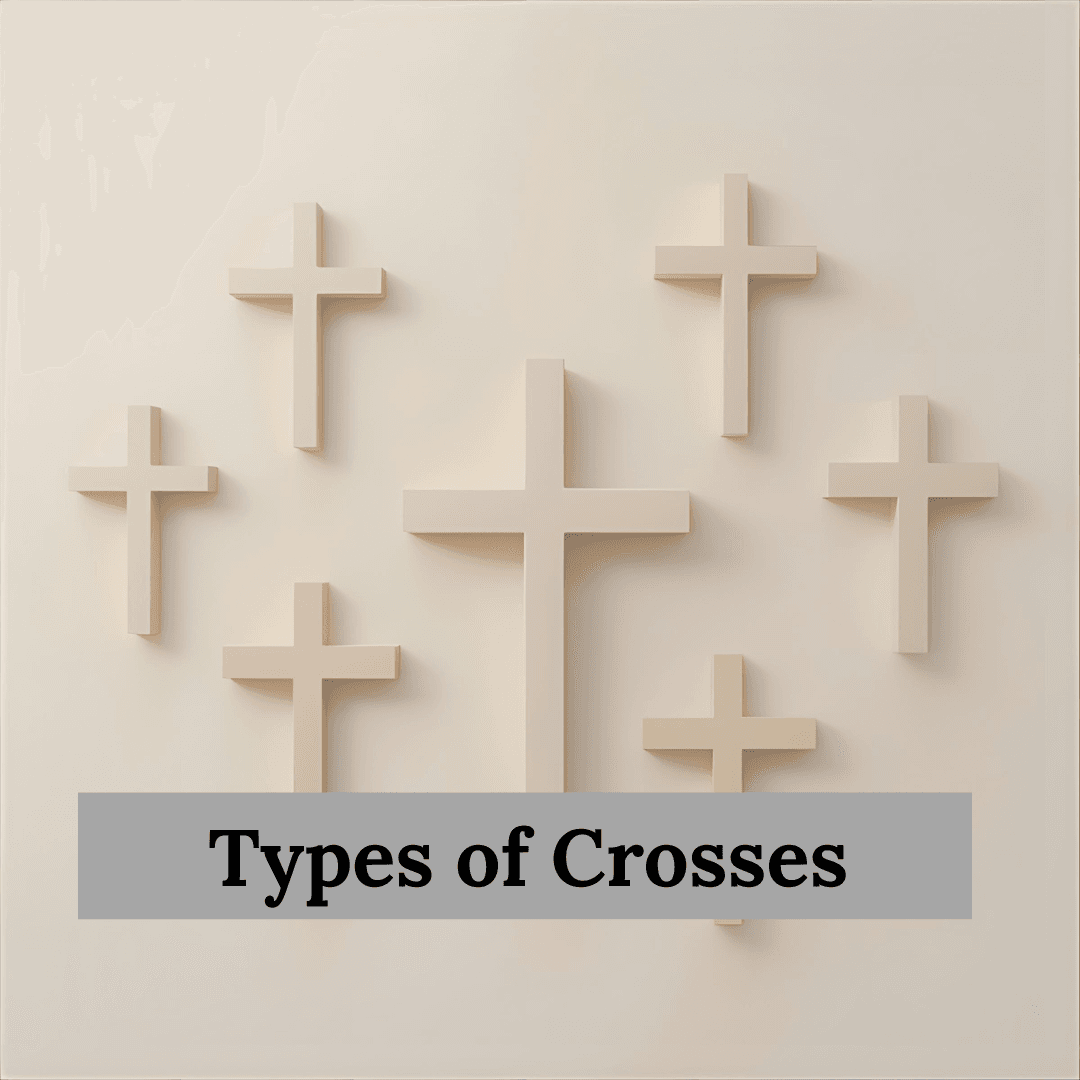

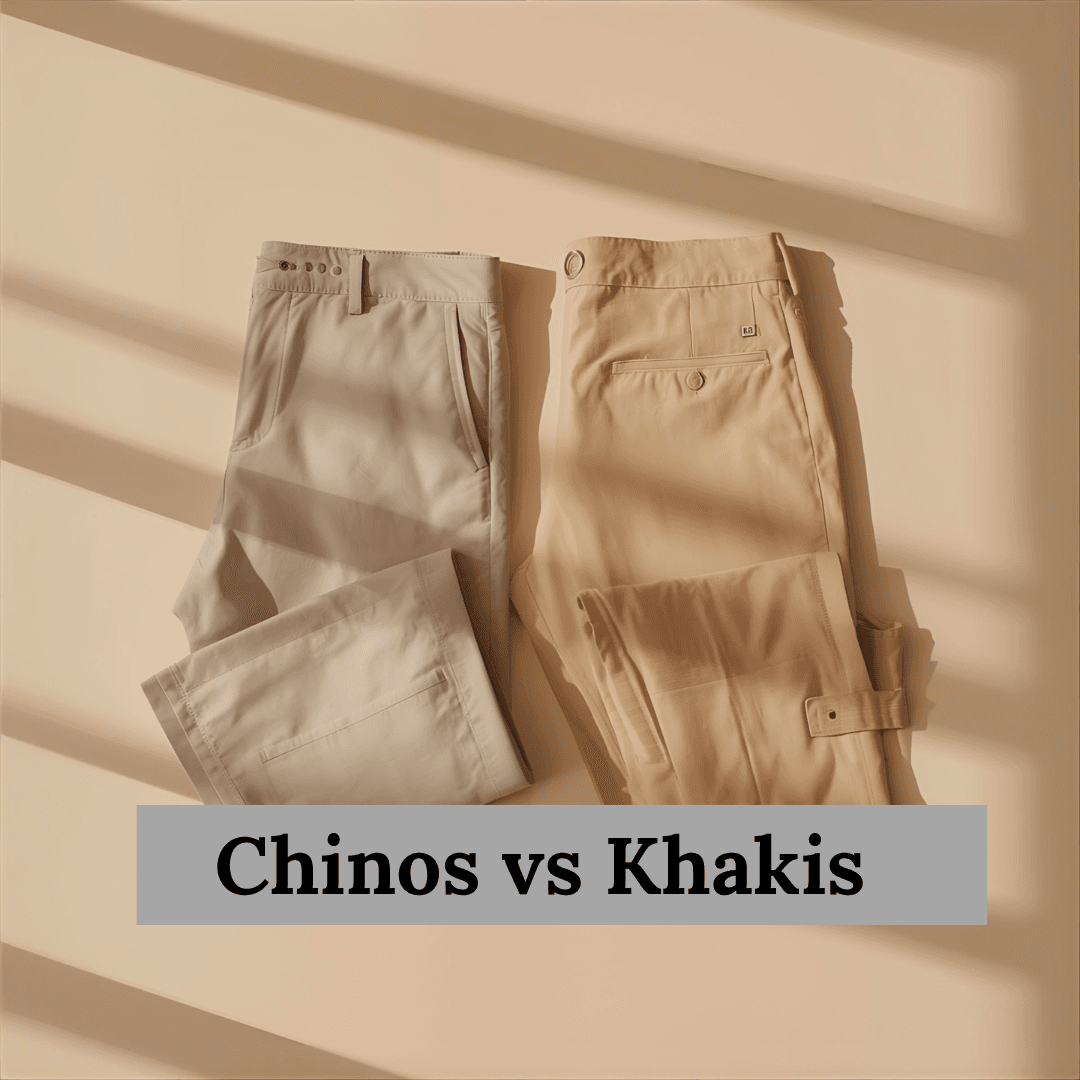
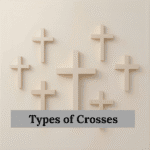



Leave a Reply